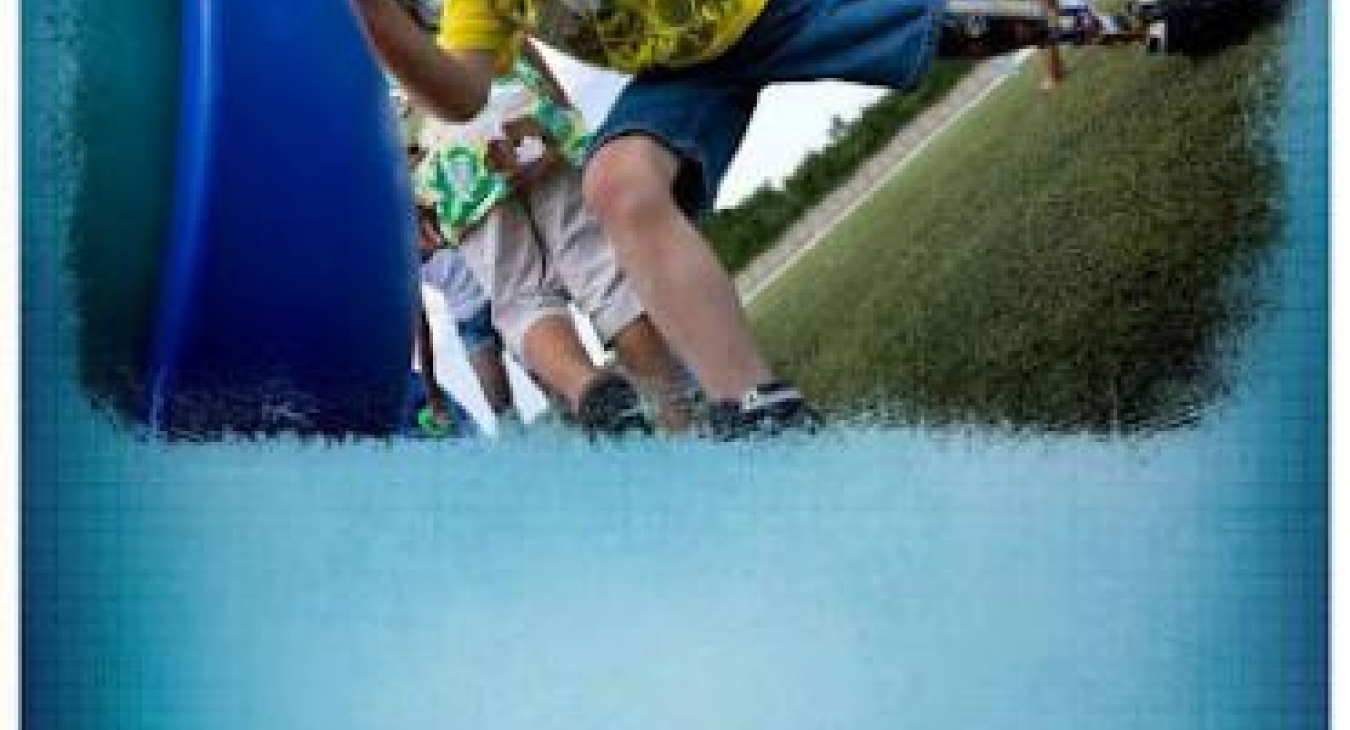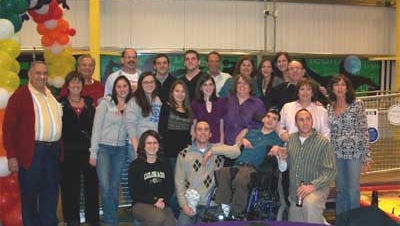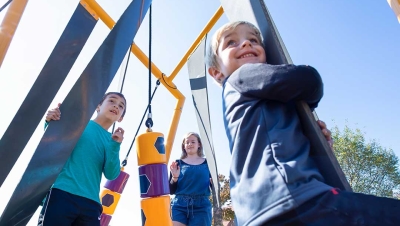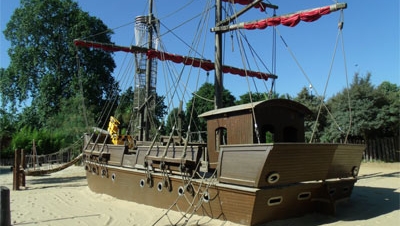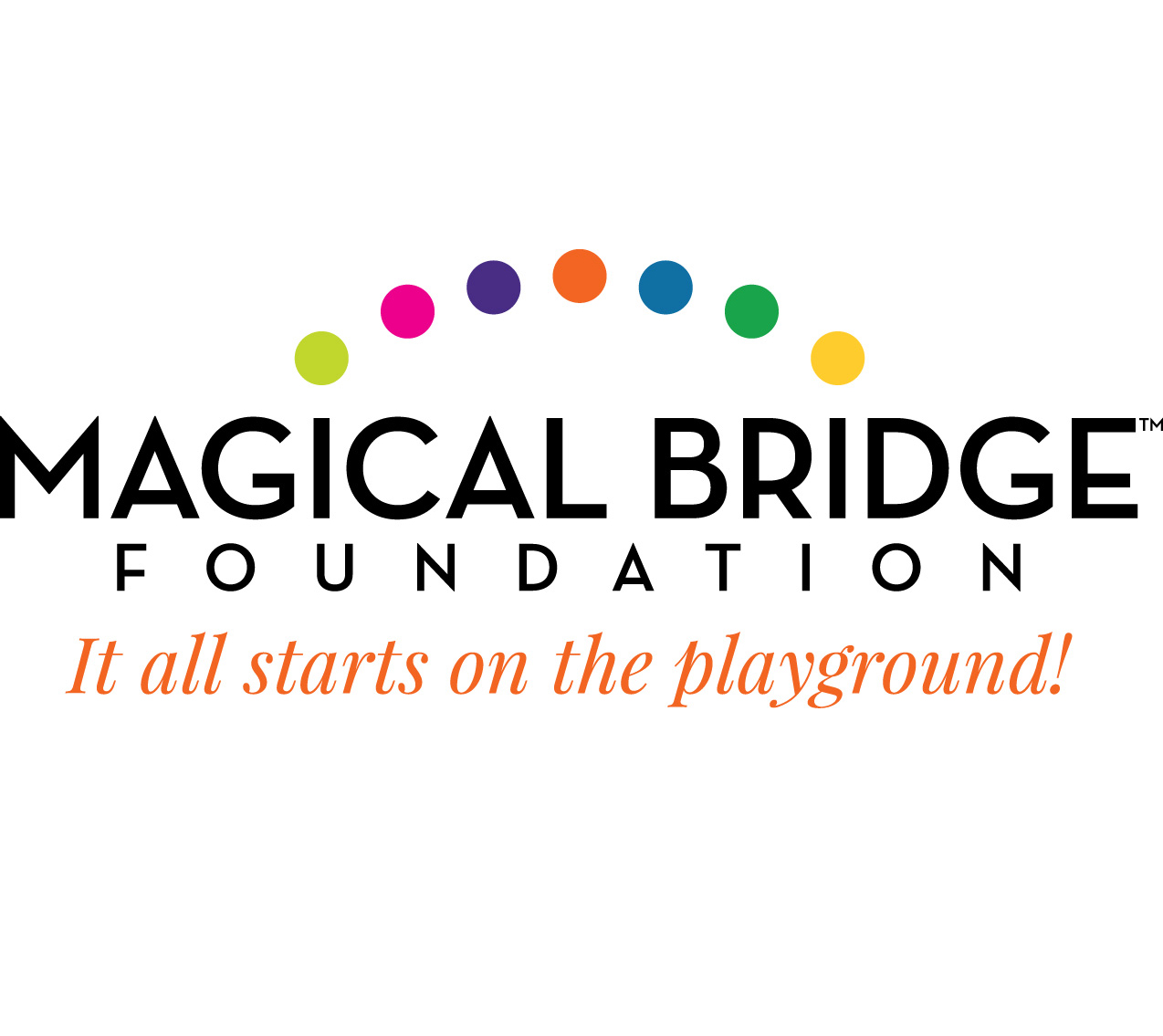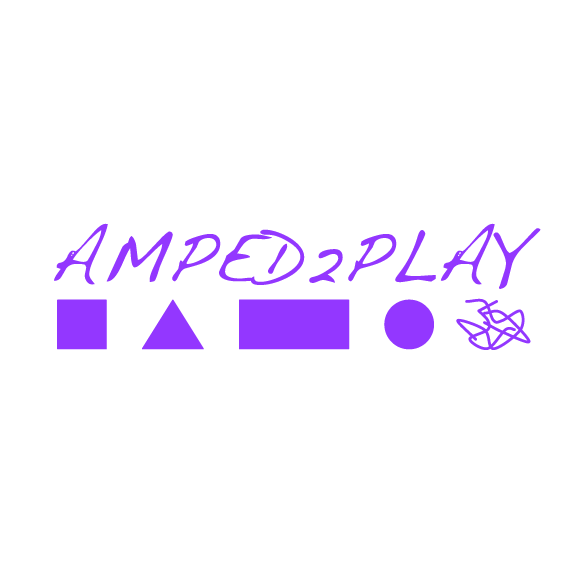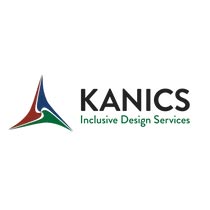Planning an Inclusive Playground
Too often when building an inclusive playground, the first thing that the planning group does is leaf through a variety of playground manufacturers’ catalogs. They start yelling out the cool things they have found. The entire planning of the playground is then based on interesting playground equipment.
I contend that selecting equipment should be one of the last things you do. First you want to form a planning group that represents the community that will use the playground. Include parents (some of whom have children with disabilities, some of whom do not), parks and rec staff (including maintenance staff), neighbors who live near the park, a landscape architect, and experts in children with varying disabilities.
When forming the committee, it is important to have people who are knowledgeable in a variety of different disabilities. What often happens with parents, I have been known to do it myself, is that they want to build the perfect playground for their child and don’t automatically think through the needs of others.
One of the first tasks of the planning committee should be to write a mission statement and maybe a values statement. The process of this enables all of the members of the committee to understand what is important to everyone else. The committee can also go back and refer to the mission whenever they are stuck in the decision making process.
Now that there is a committee and a mission, the group needs to determine their budget and begin to identify a site. The group should also find someone to build them a website. I have found that the playgrounds that are the most successful in raising funds, friends, community buy-in, and volunteers are those with a good website. The website should show the community what the mission is, why it is important, and that the group will be good stewards of their money.
Using a good checklist, the committee should start discussing what components of the playground are the most important to them. The components are not necessarily equipment—we still have a long way to go before we select equipment.
Some of the questions the group might want to discuss are:
- Should we put in a fence?
- How do we want to do wayfinding?
- How important is the entrance and an orientation path?
- How important is it for children to experience height?
- What age range do we want to serve?
- What type of play to we want to provide?
Next the committee should start exploring the surfacing options. Surfacing can be the most expensive aspect of your playground. You do want to leave it for the end. Members of the community should be prepared to ask the different surfacing salespeople a list of questions about safety, accessibility, warranty, cost, and installation. Ask to go see playgrounds in your area that use this company’s product. Visit and check out how it is handling the wear and tear. Ask the owner of the playground how much maintenance it takes and whether they have had any problems.
It now almost time to start selecting equipment, but it still should not be an exercise of everyone yelling out for their favorite pieces. Take the list of the types of play the group wants to provide and prioritize them. Then systematically start selecting pieces that fulfill each need. Make sure, within each of the types of play, you are offering challenge to a wide range of children. Too often, inclusive playgrounds do not offer enough challenge for children without mobility issues. Once you have your dream list of equipment, compare that to your budget. Using your prioritization list, start narrowing down your list until you are in the right price range. Remember to keep the challenge in and to ensure that the “Coolest Thing” in the playground is accessible to all.
All of this information and much, much more is available in the Inclusive Play Design Guide (IPDG). IPDG was sponsored and paid for by Playword Systems. But unlike other information you can get from playground manufacturers, the IPDG is manufacturer neutral. There are no pictures of Playworld Systems equipment, nor do the strategies lead you to selecting their products.
The IPDG was created by a group of people with varied experience. The writers included parents who are raising children with disabilities, a park and recreation expert, a representative from a playground manufacturer, a playground salesperson, a landscape architect, a physical therapist, a child development expert, and myself.
The group took all of the available resources around designing play spaces for children with disabilities, as well as their own experiences and developed a detailed and easy to use guide. The purpose of the guide is not to tell you exactly what to do, but to offer inspiration and guidance to support the design of an inclusive, universally designed outdoor playground.
Once a first draft of the IPDG was written, it was sent around the world for peer review. The Guide was edited and added to. Then it was available for public comment. It has been edited twice since then using the comments we have received from a variety of people.
The Design Guide includes sections on:
- International standards and laws
- Planning and Preparation
- Layout
- Access
- Selecting Equipment
- Play Richness
- Support Features
- Other resources
- Surfacing
Each section is divided into several categories. Each category outlines “intents” and “strategies.”
- Intents = Goals
- Strategies = Implementation tactics
The Intents create a composite picture of an inclusive play space. The identified strategies are suggestions on how to meet each intent.
The Inclusive Play Design Guide is the most comprehensive resource available for designing inclusive play spaces. I am incredibly proud to have played a role in its development. You can download you own copy of this 65+ page guide FREE from my website.


